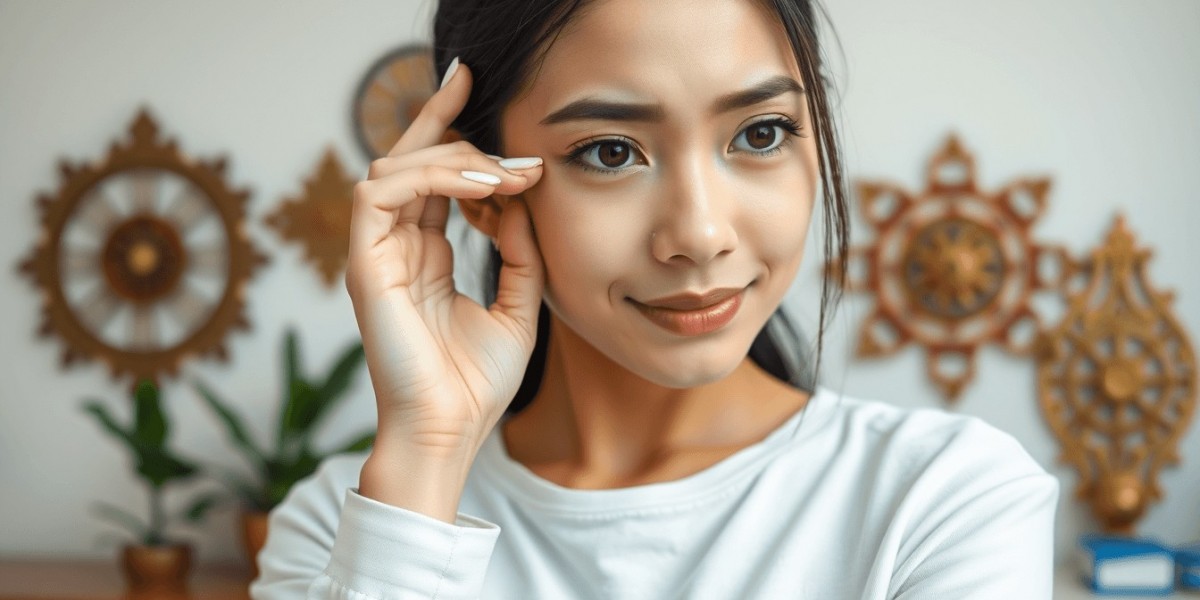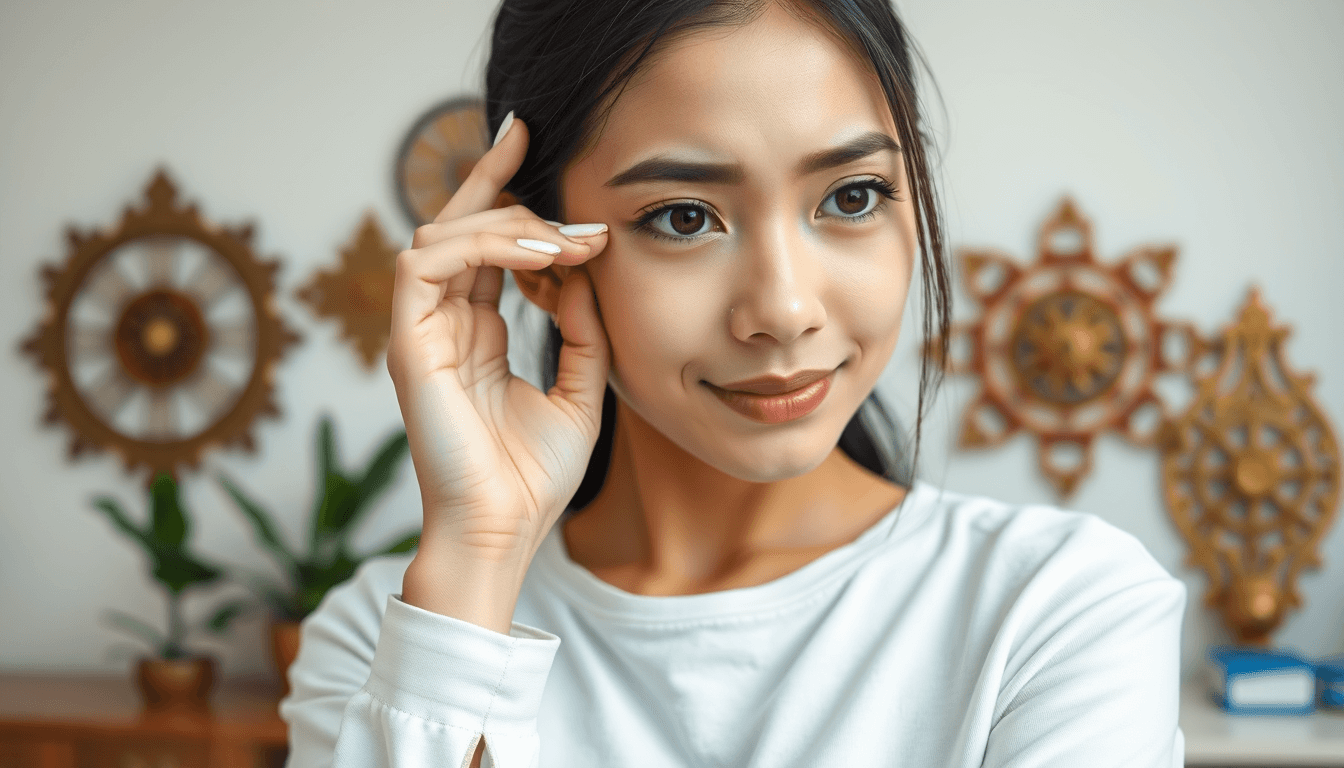
Left Eye Twitching: What Does It Mean According to Javanese Primbon: Myths and Facts
Twitching of the left eye is a phenomenon often experienced by many people. In Javanese tradition, twitching in certain parts of the body is believed to have its own meaning. This article will discuss in depth the meaning of left eye twitching according to Javanese primbon, as well as provide scientific explanations regarding the causes and how to address it.
1. Understanding Eye Twitching
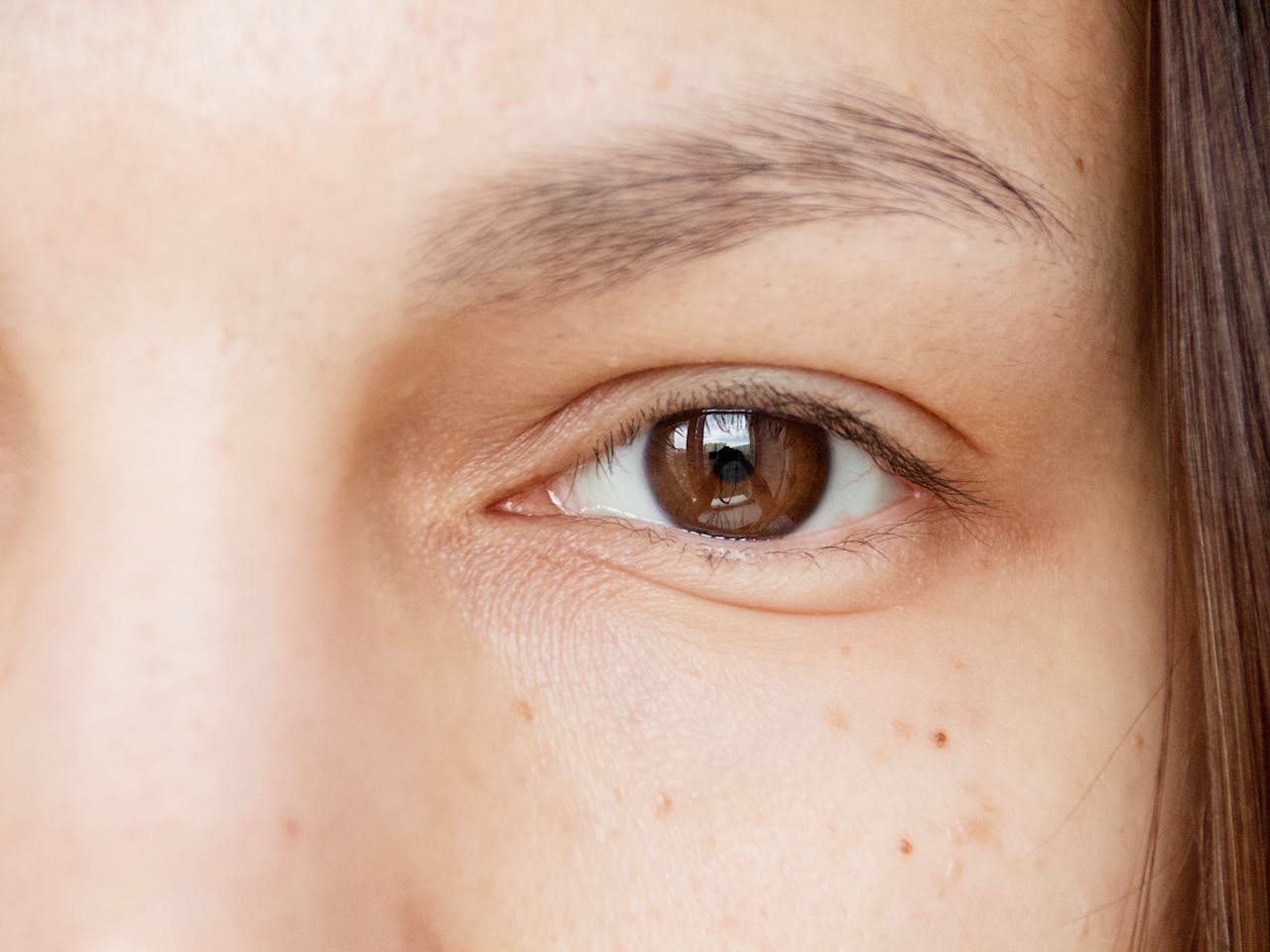
Eye (credit: pexels.com)
Eye twitching, or medically referred to as blepharospasm, is an uncontrolled and repetitive contraction of the eye muscles. This condition generally occurs in the upper or lower eyelid and can last from a few seconds to several minutes. Although it is often not harmful, eye twitching can be very bothersome for those experiencing it.
Medically, eye twitching is caused by various factors, including:
- Fatigue
- Stress
- Excessive caffeine consumption
- Lack of sleep
- Prolonged use of electronic screens
- Eye irritation
- Deficiency of certain nutrients
Nevertheless, in Javanese culture, eye twitching is often interpreted to have a special meaning, especially if it occurs in the left eye.
2. Meaning of Left Eye Twitching According to Javanese Primbon
Javanese Primbon is a collection of traditional knowledge passed down through generations in Javanese society. One aspect discussed in the primbon is the interpretation of bodily signs, including eye twitches. Here are some common interpretations regarding the meaning of left eye twitching according to Javanese primbon:
1.Sign of Receiving Good News
In Javanese belief, twitching of the left eye is often considered a sign that good news is coming. This could be joyful news from family, friends, or even related to work and career. For example, someone might receive a long-awaited promotion or hear about a family member's graduation.
2.Symbol of Luck
Some interpretations state that left eye twitching is a symbol of luck. This may relate to financial opportunities, success in business, or achievement in overcoming life's challenges. For instance, someone might get a lucrative investment opportunity or successfully complete an important project with satisfying results.
3.Sign of Meeting an Important Person
There is also a belief that left eye twitching indicates a forthcoming meeting with someone important or influential in life. This could be a person who hasn't been seen for a long time or a new figure who will bring positive change. For example, reuniting with an old friend who opens up business collaboration opportunities or meeting a mentor who provides new inspiration.
4.Warning to Be More Cautious
Although most interpretations are positive, some also suggest that left eye twitching can serve as a warning to be more vigilant. This may relate to important decisions that will be made or situations that require extra attention. For example, someone may need to be more careful in managing finances or think carefully before making major life decisions.
3. Differences in Interpretation Based on Time
In Javanese primbon, the time of the twitching is also believed to influence its meaning. Here are some examples of interpretations based on time:
- Morning: A sign of unexpected fortune
- Afternoon: A symbol of good news coming
- Evening: A sign of meeting someone you miss
- Night: A warning to be more careful in making decisions
It is important to remember that these interpretations vary and do not have a scientific basis. Each region or family may have slightly different interpretations.
4. Scientific View on Eye Twitching
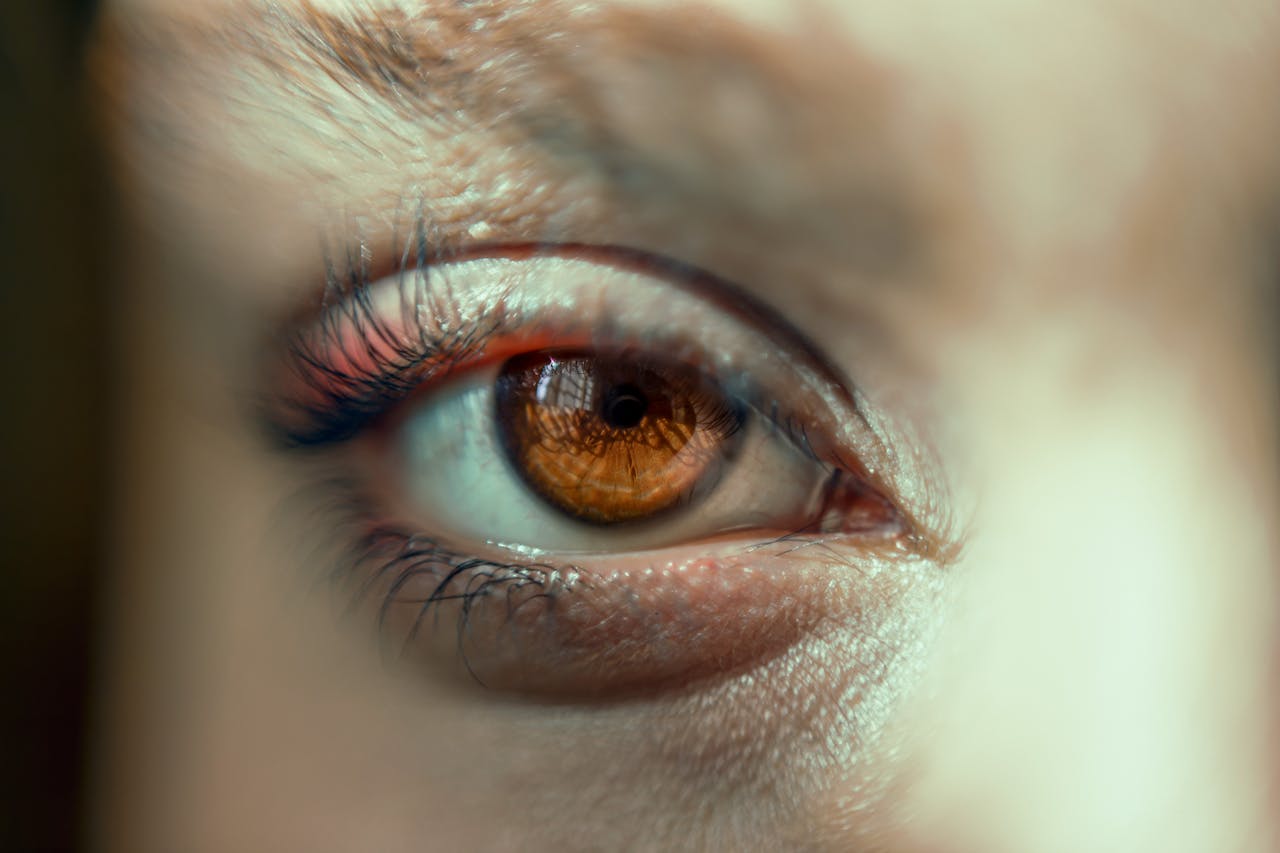
Eye (credit: pexels.com)
From a medical perspective, eye twitching, including in the left eye, has no relation to a person's fate or future. Eye twitching is a physiological phenomenon that can be explained scientifically.
Medical Causes of Eye Twitching
Several factors that can cause eye twitching according to medical science include:
- Fatigue of the eye muscles due to overuse
- Stress and anxiety
- Excessive consumption of caffeine or alcohol
- Lack of sleep
- Irritation on the surface of the eye or eyelid
- Deficiency of certain nutrients, such as magnesium
- Side effects from certain medications
- Neurological disorders in rare cases
Medical Diagnosis and Treatment
If eye twitching occurs persistently or is bothersome, it is advisable to consult an eye doctor. Diagnosis is usually made through physical examination and medical history. In certain cases, additional tests such as blood tests or brain imaging may be necessary.
Treatment for eye twitching generally includes:
- Getting enough rest
- Reducing caffeine and alcohol consumption
- Stress management
- Using lubricating eye drops if there is irritation
- Improving diet and nutritional supplementation if needed
- In more serious cases, consideration may be given to the use of medications or certain medical procedures
5. Myths vs Facts About Eye Twitches
Here are some myths and facts related to eye twitches:
Myths:
- An eye twitch always has a mystical or spiritual meaning
- A twitch in the left eye is always a bad omen
- An eye twitch can only be resolved with certain rituals
Facts:
- An eye twitch is a normal physiological phenomenon
- An eye twitch can occur in either the right or left eye without any special meaning
- Most cases of eye twitches can be managed with simple lifestyle changes
6. How to Manage Eye Twitches
Although eye twitches are generally not harmful, there are several steps that can be taken to reduce or prevent them:
- Get enough rest: Ensure you get quality sleep every night.
- Reduce stress: Practice relaxation techniques such as meditation or yoga.
- Limit caffeine: Reduce your intake of coffee, tea, and other caffeinated beverages.
- Stay hydrated: Drink enough water throughout the day.
- Rest your eyes: Apply the 20-20-20 rule when working with screens - every 20 minutes, look at an object 20 feet away for 20 seconds.
- Improve nutrition: Consume foods rich in magnesium and vitamin B.
- Warm compress: Apply a warm compress to the eyes to relieve muscle tension.
- Avoid alcohol and cigarettes: Both substances can worsen eye twitches.
7. When to Consult a Doctor?
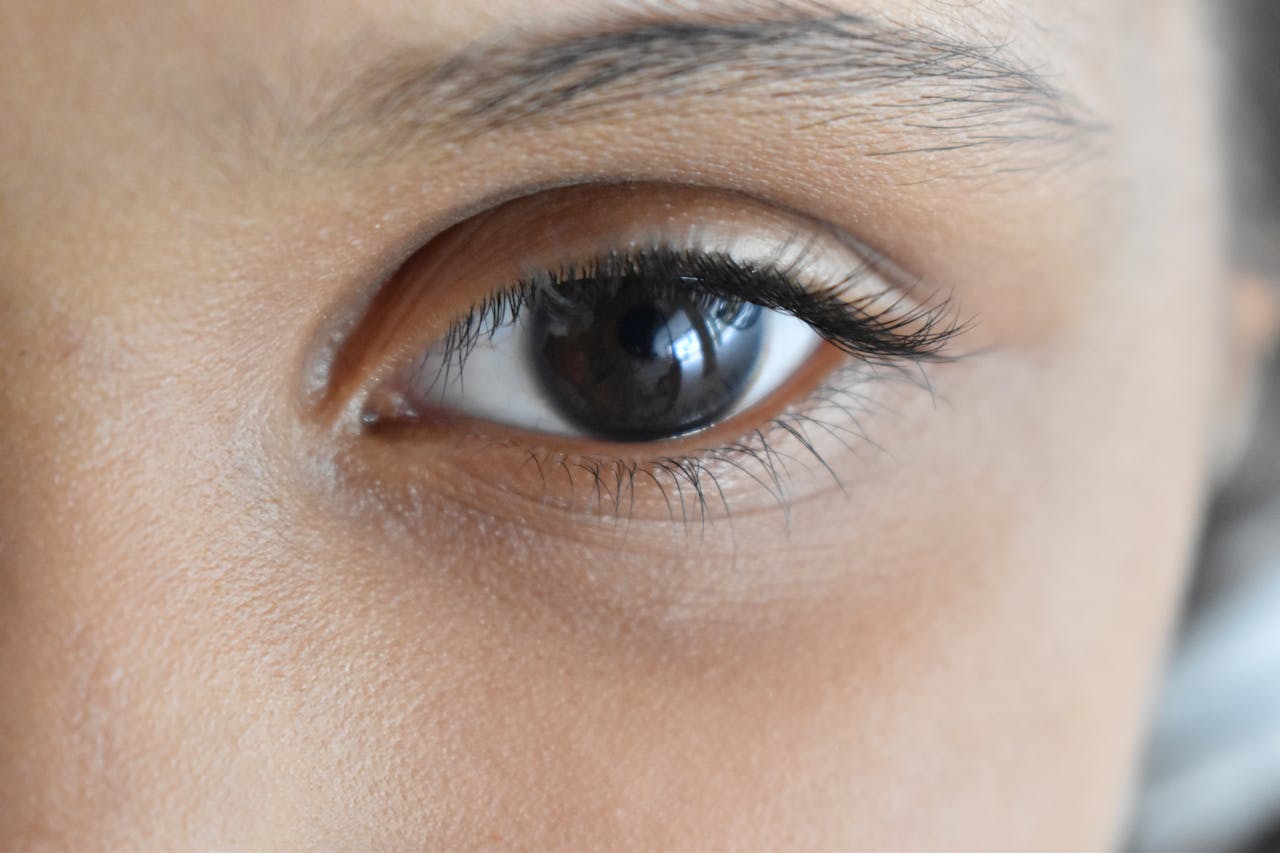
Eye (credit: pexels.com)
Although most cases of eye twitching are not serious, there are some situations where you should consider consulting a doctor:
- The twitching lasts for more than a few weeks
- The twitching causes the eyelid to close completely
- The twitching is accompanied by other symptoms such as redness, swelling, or discharge from the eye
- The twitching spreads to other parts of the face
- You experience changes in vision
In these cases, an eye doctor or neurologist may need to perform further examinations to ensure there are no more serious issues.
8. Cultural Influence on Body Sign Interpretation
The phenomenon of eye twitching and its interpretation in Javanese primbon shows how culture can influence the way we understand and interpret body signs. This is an interesting example of the interaction between traditional beliefs and everyday physical experiences.
While such cultural interpretations can provide a sense of meaning and connection to ancestral heritage, it is important to balance them with modern scientific understanding. A wise approach is to appreciate local wisdom while remaining open to medical and scientific explanations.
9. Eye Twitching in a Cross-Cultural Perspective
Interestingly, interpretations of eye twitching are not only found in Javanese culture. Various cultures around the world have their own beliefs and interpretations regarding this phenomenon. Some examples:
- In China, twitching of the left eye is considered a sign of good luck, while twitching of the right eye is seen as less favorable.
- In Indian culture, twitching of the left eye in men is considered a bad omen, whereas in women it is seen as a good sign.
- In some Western countries, eye twitching is often associated with the expression "someone is talking about you".
- Some tribes in Africa regard eye twitching as a message from ancestors.
This diversity of interpretations shows that the phenomenon of eye twitching has long been a subject of attention and speculation in various parts of the world.
10. The Psychological Influence of Beliefs about Eye Twitching
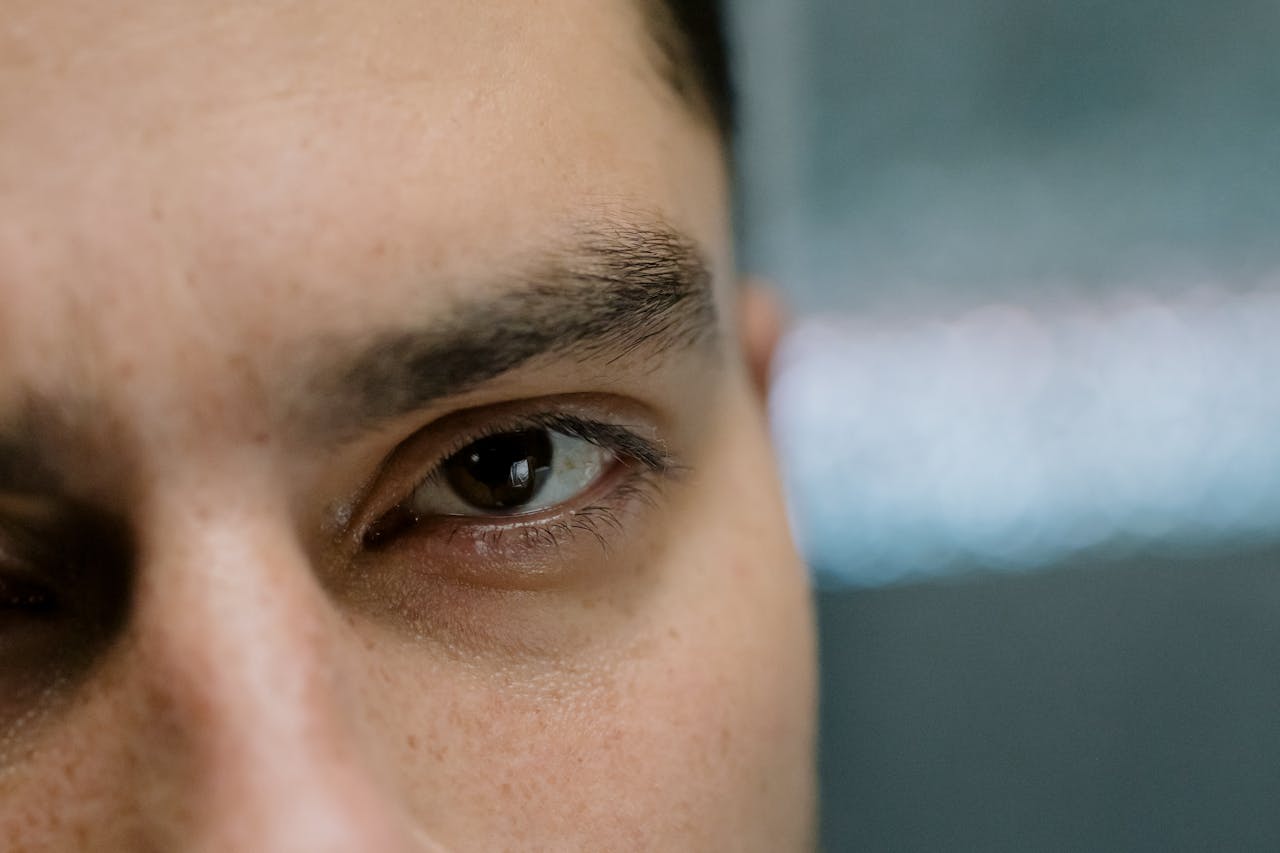
Eye (credit: pexels.com)
Although medically eye twitching does not have a specific meaning, belief in the meaning of eye twitching can affect a person's psychology. Some possible impacts include:
- Excessive anxiety if experiencing twitching that is considered a bad omen
- Irrational decision-making based on the "sign" from eye twitching
- Ignoring medical symptoms due to being too focused on mystical meanings
- Excessive optimism if experiencing twitching that is considered a good omen
It is important to approach the phenomenon of eye twitching proportionally and not to be overly influenced by beliefs that lack scientific basis.
11. How to Maintain Eye Health
Regardless of beliefs about the meaning of eye twitching, maintaining eye health remains important. Here are some tips for maintaining eye health:
- Consume foods rich in vitamins A, C, E, and omega-3
- Wear protective glasses when engaging in activities under sunlight
- Rest your eyes every 20 minutes when working in front of a screen
- Maintain hand hygiene and avoid rubbing your eyes
- Have a routine eye examination once a year
- Use adequate lighting when reading or working
- Avoid smoking and limit alcohol consumption
12. Interesting Facts About Eyes and Eye Twitches
To broaden your knowledge, here are some interesting facts about eyes and the phenomenon of eye twitches:
- The eye blinks an average of 15-20 times per minute
- Eye twitches generally last only a few seconds to a few minutes
- About 70% of people have experienced eye twitches at least once in their lives
- The eyes have the most active muscles in the body, moving more than 100,000 times a day
- Stress can increase the frequency of eye blinks
- Some people can control their eye twitches with certain relaxation techniques
13. Conclusion

Eye (credit: pexels.com)
The meaning of left eye twitching according to Javanese primbon is part of the cultural wealth and traditions that have long existed in society. Although this interpretation is interesting and can provide spiritual meaning for some people, it is important to understand that medically, eye twitching is a normal phenomenon that can be explained scientifically.
The best approach to dealing with eye twitches is to maintain a balance between respecting traditions and following medical advice. If eye twitches become a troubling or persistent issue, it is always advisable to consult a healthcare professional. With a comprehensive understanding, we can appreciate local wisdom while still maintaining eye health in a proper and science-based manner.
Ultimately, the phenomenon of left eye twitching reminds us of the complexity of the interaction between culture, beliefs, and science in everyday life. By understanding these various perspectives, we can approach our bodily experiences more wisely and balanced.
(kpl/dhm)
Disclaimer: This translation from Bahasa Indonesia to English has been generated by Artificial Intelligence.
